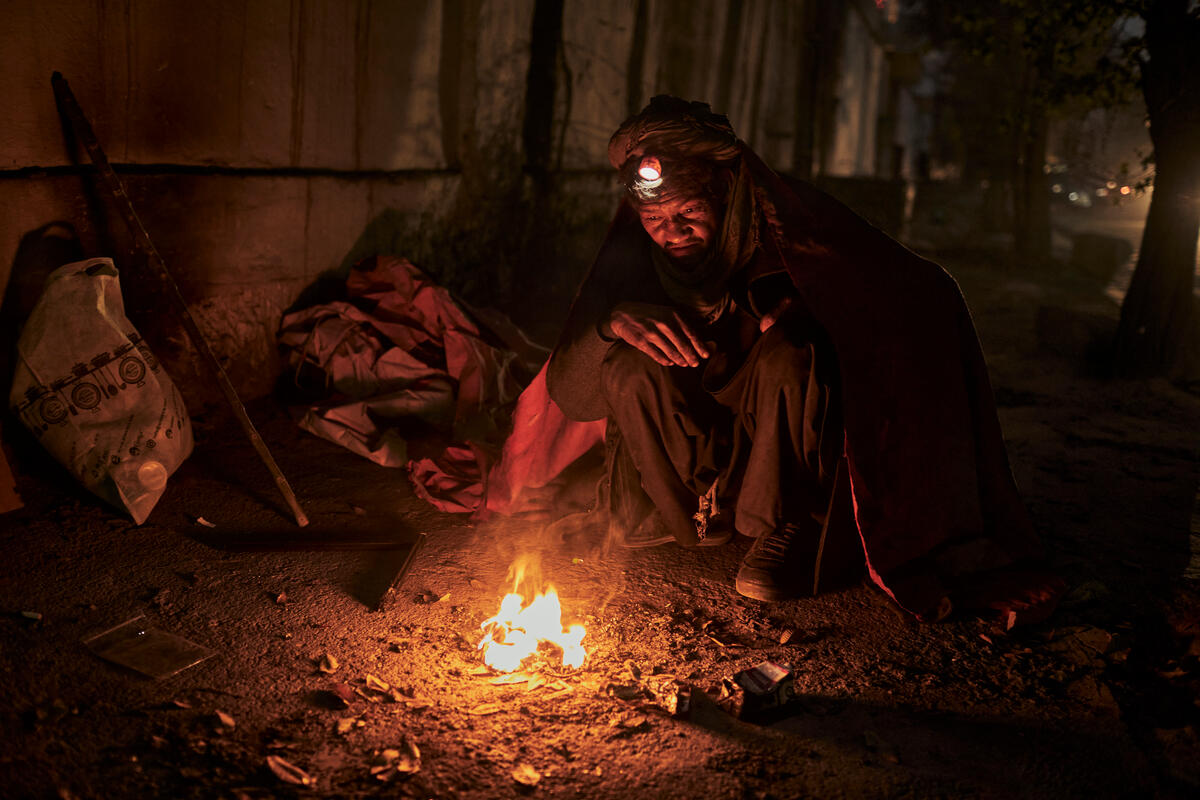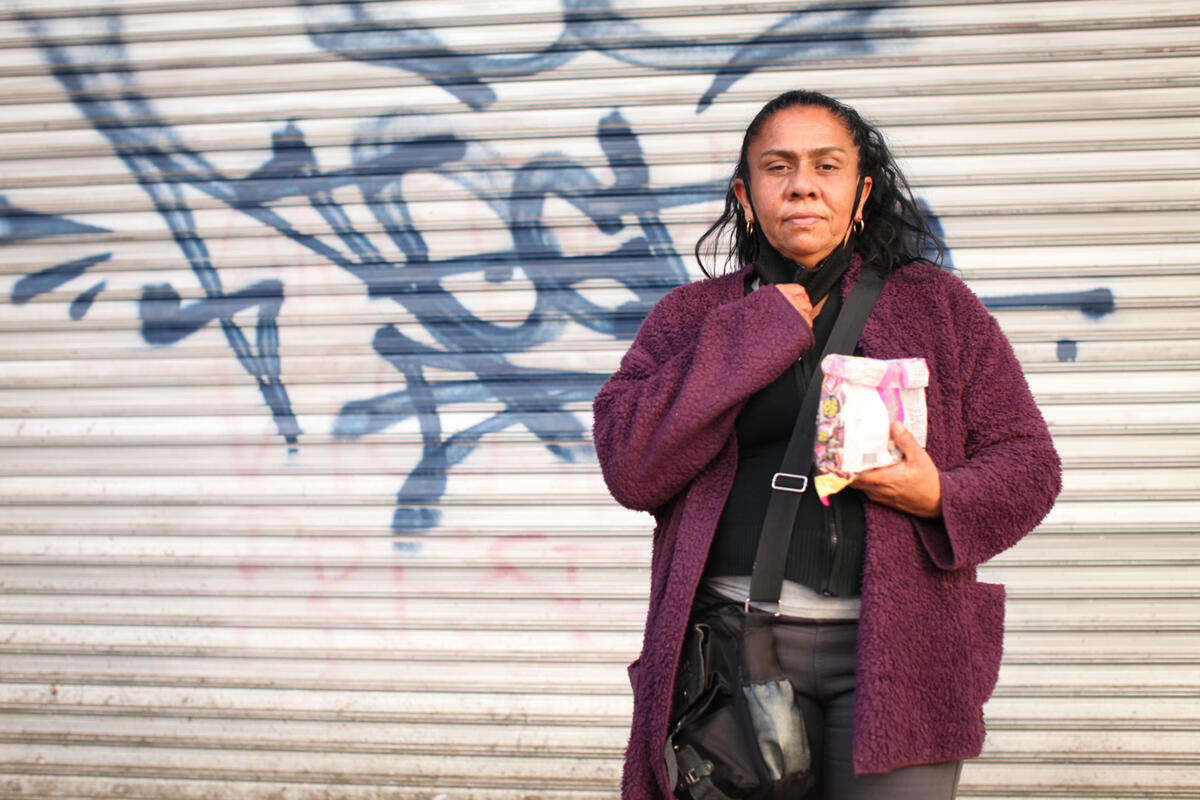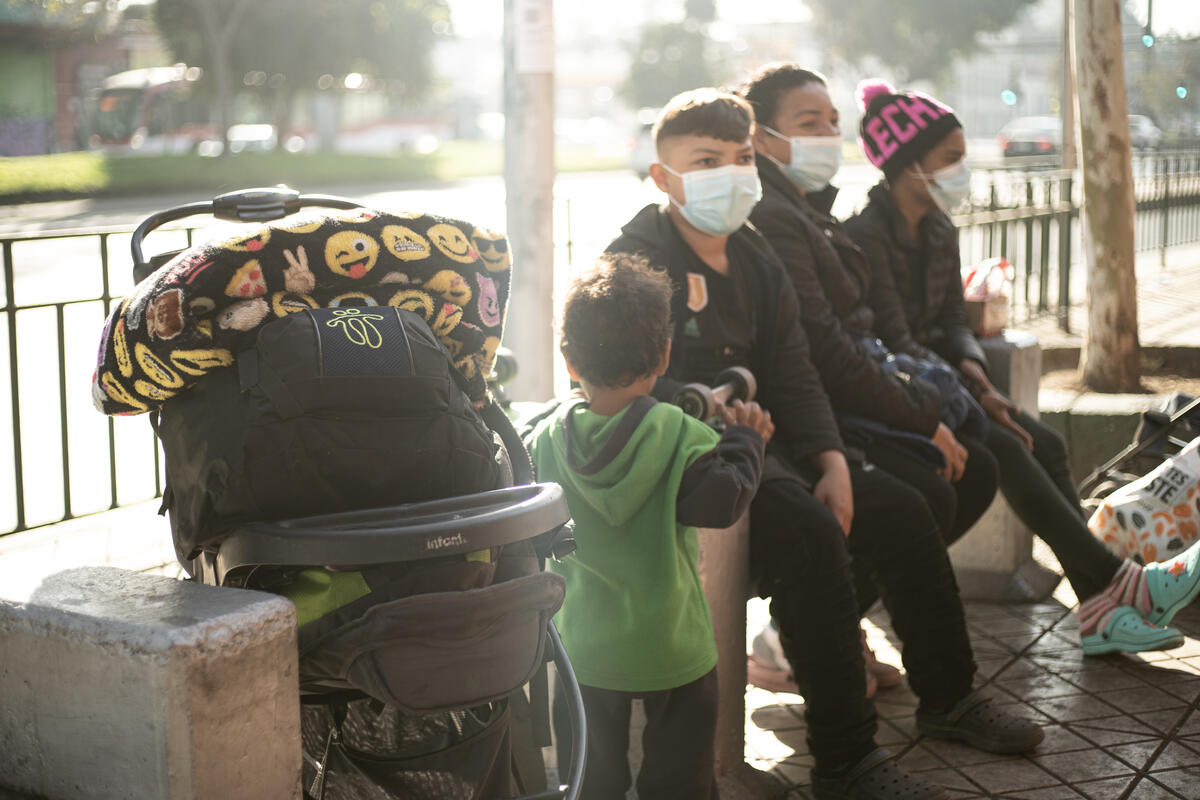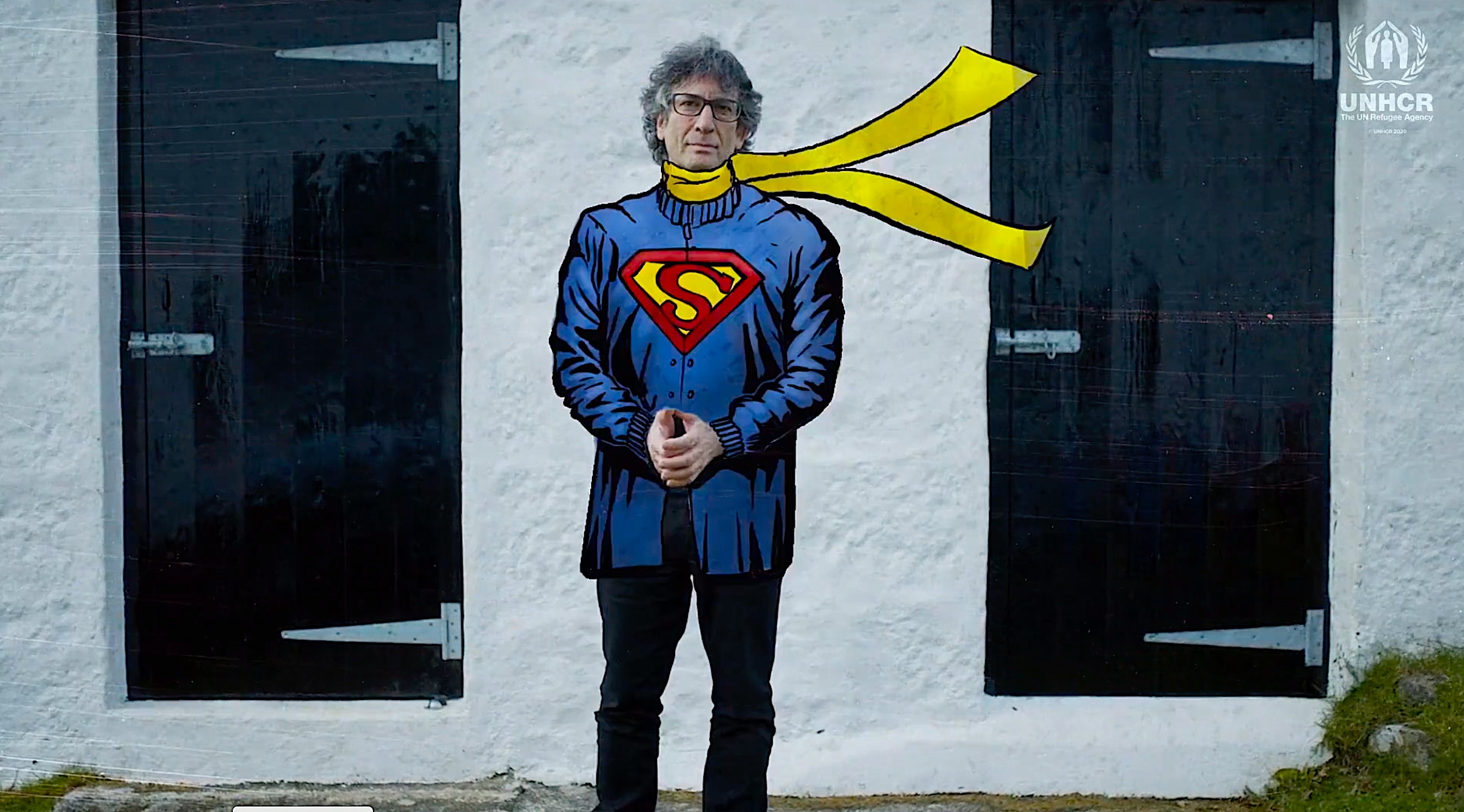Afghans rush to rebuild winter homes
Afghans rush to rebuild winter homes

KABUL, Afghanistan, October 29 (UNHCR) - As winter approaches in Afghanistan, returning refugees are rushing to repair their homes while those still displaced within the country seek more permanent shelter to cope with the cold weather.
In the last two weeks alone, the number of houses completed in western Afghanistan have more than tripled from 500 to over 1,800, while 4,700 homes have been repaired in the central part of the country using shelter materials distributed under a UNHCR initiative. To date, more than 7,000 homes have been fixed up. A further 10,000 homes are nearing completion.
The UN refugee agency provides building materials for needy Afghan returnees enrolled in the shelter programme, but recipients have to rebuild their homes themselves. They must first build up the walls of their homes to shoulder height. They then receive a door, two windows, timber to construct the roof and assorted tools they need to finish the rehabilitation.
Many of the families had spent the summer working in the fields or looking for day jobs, but began working seriously on their winter homes when temperatures started dipping.
UNHCR is providing enough materials and tools to rebuild up to 40,000 homes this year. Other aid agencies are supplying similar materials to help meet Afghanistan's enormous housing needs.
Next year, UNHCR, UN HABITAT and Afghanistan's Ministry of Reconstruction and Rural Development plan to help Afghans repair about 100,000 homes throughout the country with the support of various agencies. The UN refugee agency plans to distribute 60,000 shelter kits during 2003 to assist the many needy Afghan returnees.
Meanwhile, in southern Afghanistan, some 9,700 internally displaced persons (IDPs) from windswept makeshift encampments along the Afghan-Pakistan border have moved to the UNHCR-run Zhare Dasht site near Kandahar in anticipation of winter. There, they live in tents while they build their own homes on allocated plots of land. They also receive food assistance and medical care.
Among the current residents, more than 7,000 had been transferred from the "waiting area" at Chaman, Pakistan (where some 18,700 Afghans still remain), while over 2,700 had moved from Spin Boldak, just inside Afghanistan.
This week, UNHCR plans to start registering Pashtun families displaced due to tension in the north of the country and who are currently living in or near Kandahar town, for possible transfer to Zhare Dasht, which can host up to 60,000 people.
For IDPs who want to go home to the north, a commission has been created to facilitate their return. The agreement was reached in October between local authorities in the north, the Ministry of Refugees and Repatriation, Afghanistan's Human Rights Commission, UNAMA and UNHCR.
During the weekend, UNHCR's Chief of Afghan operation Filippo Grandi and Afghan Minister of Refugees and Repatriation Enayatullah Nazari visited Maimana in Faryab province to assess the situation of the Pashtuns and other communities there.
More than 1.7 million Afghan refugees and over 200,000 IDPs have gone home under the UNHCR-Afghan government repatriation programme that started in March.
As the pace of returns slows down with the onset of winter, the UN refugee agency has announced that Takhtabaig Voluntary Repatriation Centre (VRC) will be closed on Thursday, October 31. Afghans who want to return home with UNHCR assistance after that date can approach the VRC at Torkham on the Pakistan-Afghan border.








